
Transportation to Tibet has been improved greatly
In the past, Tibet was a remote place that can only be accessible by foot and pack animals were the main mode of transportation in the region. If you travel to Tibet, you have to climb over one mountain after another because of the bad transportation condition. With the development of Tibet tourism and economy and under the support from the government, the transportation to Tibet has been improved greatly. Now highways and airlines are connecting it to other regions of China. Tourists can get to Tibet by train, by air and by road.
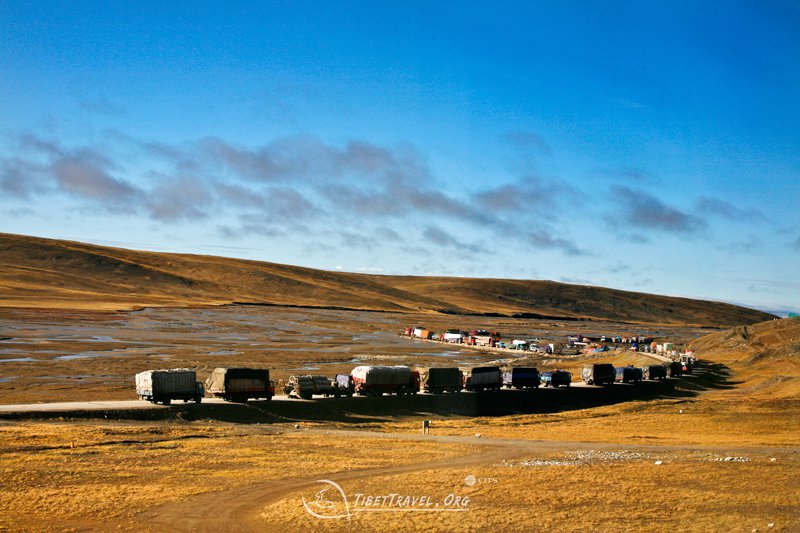
It takes a few hours to fly from Beijing to Lhasa, capital of the Tibet Autonomous Region. The distance can also be covered by Beijing to Lhasa train in about two days, or by several days driving an SUV. Or if time is not an issue, the journey can be made by bike or by hiking.
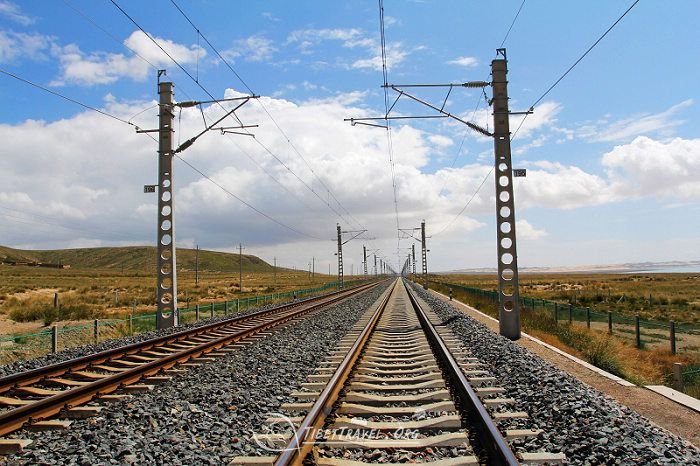
There are also trains to Tibet from Shanghai, Chengdu, Guangzhou, Chongqing, Xining, Lanzhou and flights to Tibet from Shanghai, Chengdu, Kunming and other major cities of Mainland China, and Kathmandu, capital of Nepal. In addition, there are five highways to Tibet.
The lives of Tibetans have changed with upgrades in transportation infrastructure over the past few decades, but there remain a few things that remain the same forever.
Tea houses spot the streets in Lhasa. Whether in the morning, after lunch, or dinner, Tibetans drink tea all day long. Traditionally, it’s a mixture of boiled tea, yak butter, and salt, with milk and sugar occasionally mixed.
But out of the tens of millions of tons of tea consumed, none is grown in Tibet as the high altitude creates an unsuitable environment for the plant. Laba Cereng is the owner of this tea house. All his materials come from other parts of China.
Laba Cereng, Tea House owner, Lhasa, said, “Most of our ingredients come from neighboring provinces. Tea is from Yunnan, and the quality is good, as is the taste. Good quality milk powder comes from Shaanxi and sugar from Guangxi.”
A significant portion of those ingredients come via the railway built five years ago. And more than 40 percent of the six million tourists that visited Tibet last year came aboard a train. Tourism has become a pillar industry for the region.
Rail has brought Tibet a tourism boom, however the half-century-old highways remain the lifeline for locals. They connect people with the outside world and make it possible for vital necessities to flow into the region.
Even today, 90 percent of all materials come in and out of Tibet through different highways linking the region with other parts of China. The region now has some 58-thousand kilometers of highways, and the region’s first expressway is set to open, but there are also remote areas that have little access with the outside world.
Ma Qinglin, vice chairman of Tibet Development &Reform Commission, said, “For the next five years, Tibet will continue to expand its roads. We’re aiming to reach all the townships with blacktop roads, and for the five national highways linking with other provinces to be upgraded. We will also build new railways, and upgrade our airports.”
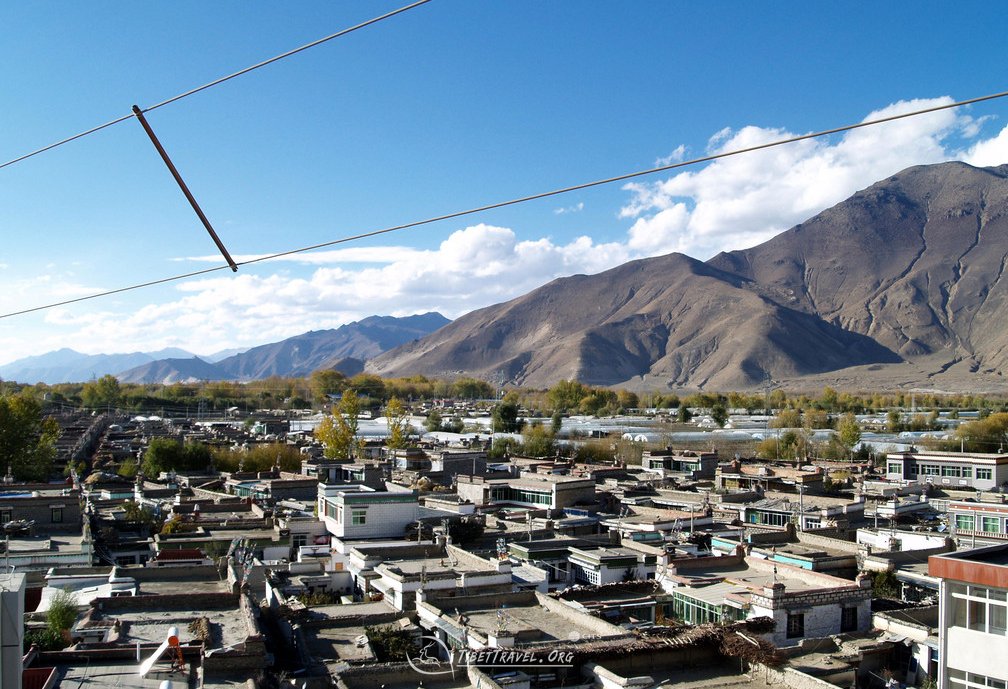
For those parts that already have access to highways, the astonishing landscape has transformed villages into popular tourism destinations. Locals that used to rely on their herds and farmlands have found an alternative way of making money when their crops and herds require less hours of labor.
Ci Yangren, Family Hotel owner, said, “The environment is one advantage, and it’s full of ethnical characteristics. This place will become even more attractive to tourists in the future.”
At the city center of Lhasa, turning the sutra wheels and praying for a good life is a ritual that doesn’t seem to change one bit for Tibetans. Even after faster ways to reach monasteries in and around the city have been built, it’s the most sincere way to pay tribute on foot. However, the expansion of roads and other forms of transportation continues after sixty years of development.

With exceptional passion and outstanding leadership, Mrs. Catherine has dedicated herself to Tibet inbound tourism and China tour for 15 years. As one of the handful females who see great potential of Chinese inbound tourism, Catherine has made great contribution to promoting Tibet tourism and enhancing the employment of Tibetans and prosperity of local Tibetan community.
Over the years, she travelled overseas with Tibet Tourism Bureau many times to promote Tibet tourism. Currently, Catherine works as the marketing director of Tibet Vista, an opinion leader behind the whole team of Tibet Vista.
Related Articles & Posts

Latest Tibet Travel News

Tibet Vista: A Social Responsible Tour Organizer
Aug 14,2023

Tibetan Monks Debate in Drepung Monastery
Jun 10,2023
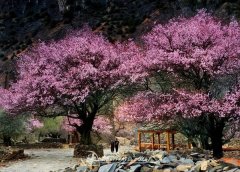
Tips for Traveling to Tibet in Spring
Feb 17,2022
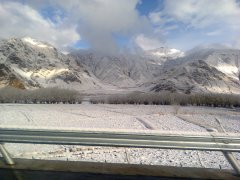
Snow Will Hit Qinghai-Tibet Plateau
Feb 17,2022


.jpg)




0 Comment ON "Transportation to Tibet has been improved greatly"